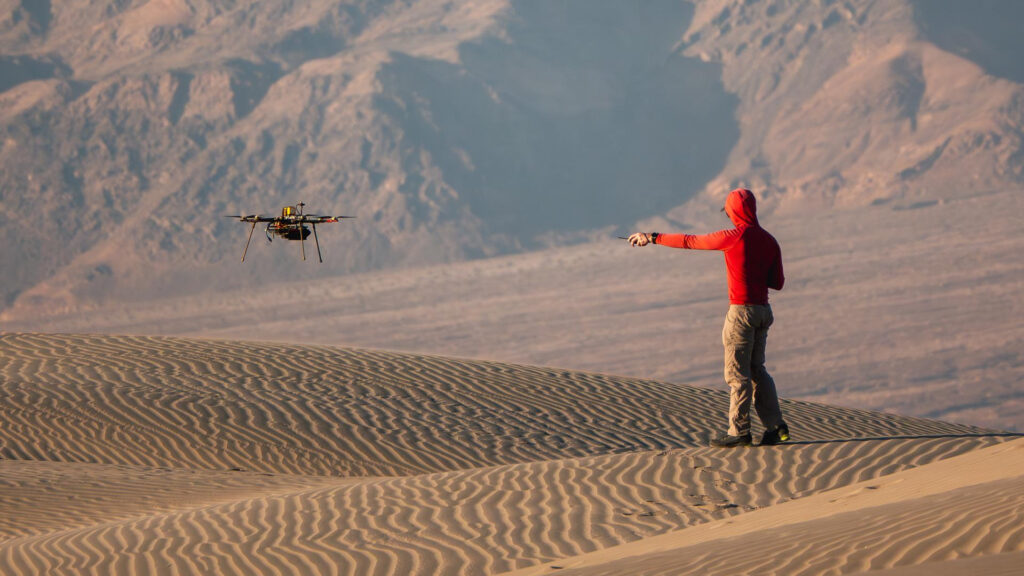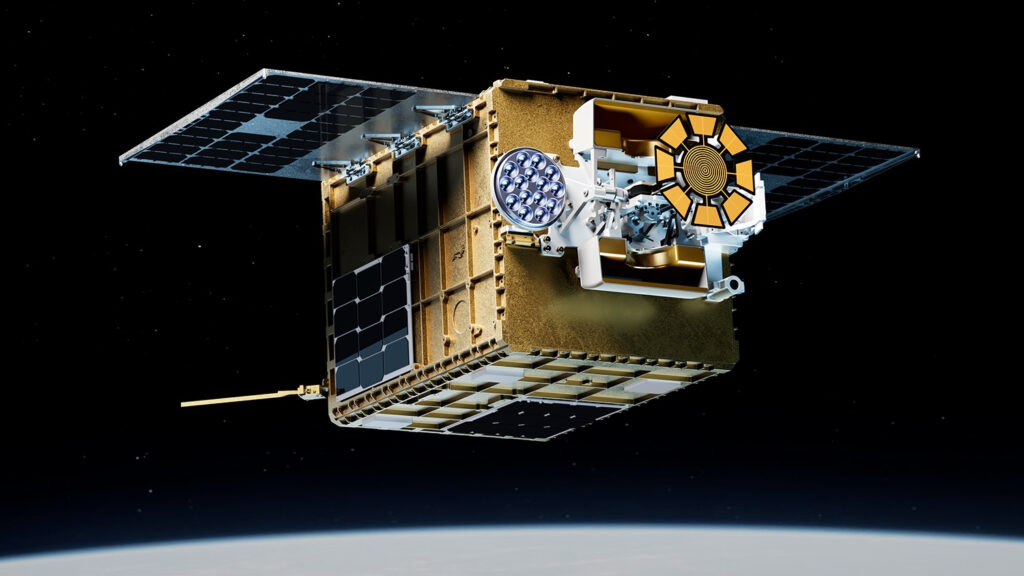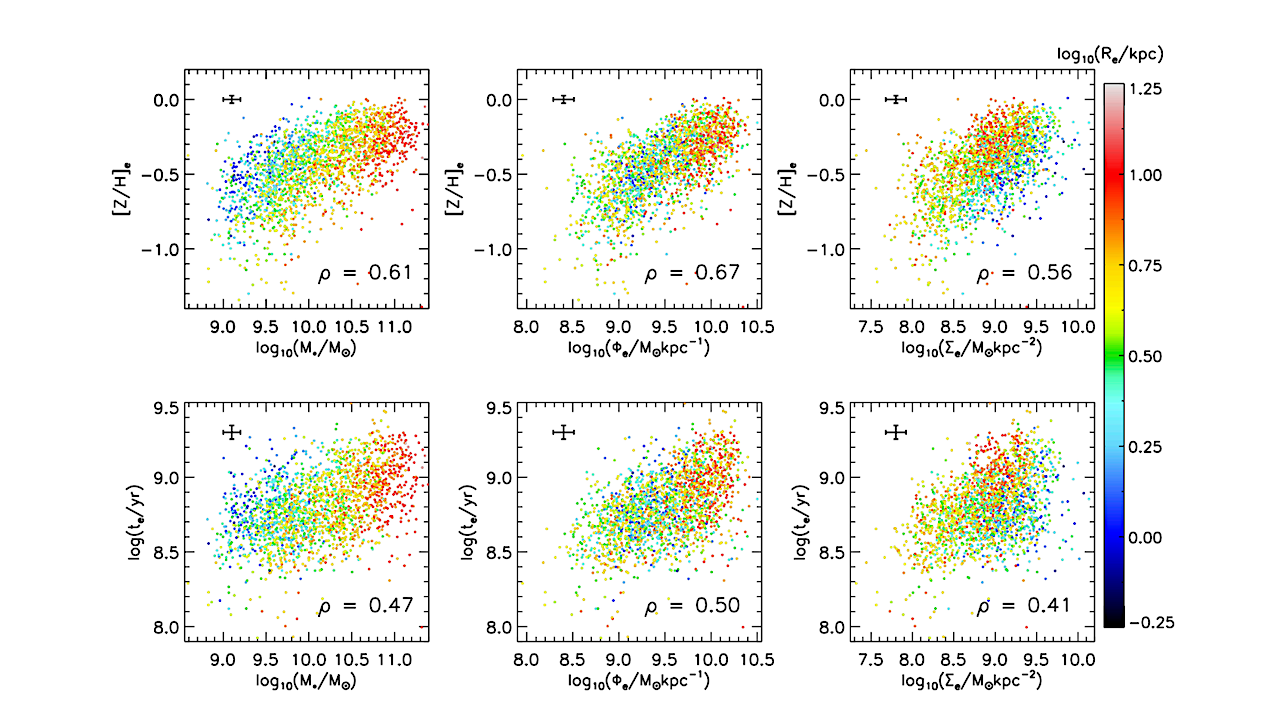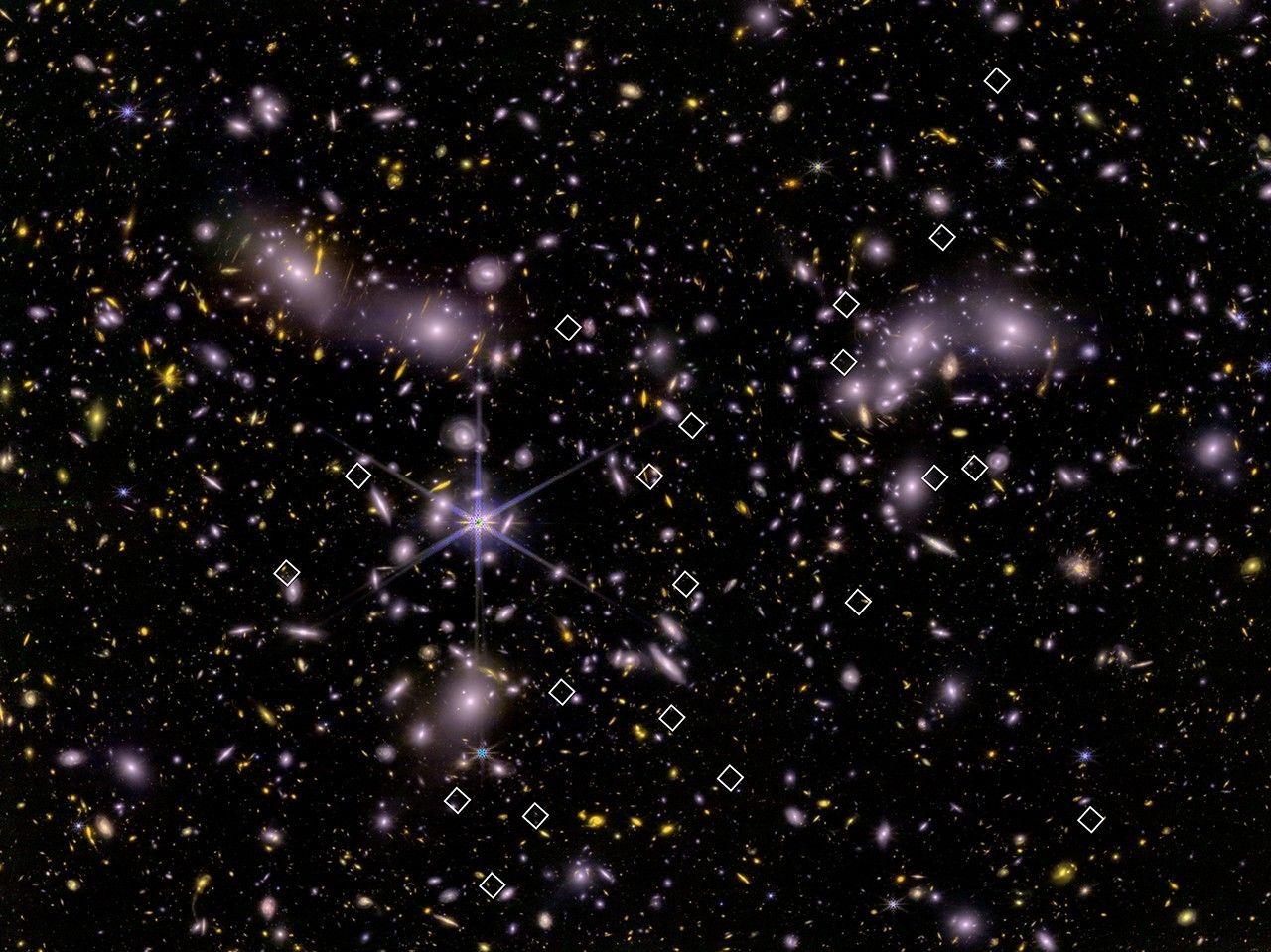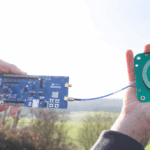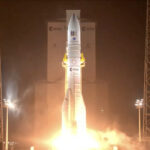Now Reading: ‘Uranus is weird.’ Big moons of tilted ice giant hide a magnetic mystery, Hubble telescope reveals
-
01
‘Uranus is weird.’ Big moons of tilted ice giant hide a magnetic mystery, Hubble telescope reveals
‘Uranus is weird.’ Big moons of tilted ice giant hide a magnetic mystery, Hubble telescope reveals

New data from the Hubble Space Telescope suggests that Uranus’ largest moons are gathering dust — literally.
Uranus, the seventh planet from the sun and home to 28 known moons, is well known for its bizarre tilt. The planet spins almost completely on its side, an oddball orientation that twists its magnetic field into a warped and constantly shifting force, which scientists have long thought would leave visible scars on its moons by bombarding them with charged particles.
However, new Hubble Space Telescope observations of Uranus’ four largest moons — Ariel, Umbriel, Titania and Oberon — show no clear signs of the expected radiation damage, Christian Soto of the Space Telescope Science Institute in Maryland, who led the analysis, told reporters on Tuesday (June 10) at the 246th American Astronomical Society (AAS) press conference in Alaska.
Based on data from NASA’s Voyager 2 flyby in 1986 and decades of modeling, scientists expected the trailing hemispheres of Uranus’ moons — the sides opposite their direction of travel — to be visibly darkened by radiation. The leading sides, by contrast, were expected to remain relatively brighter.
Instead, the researchers found that the two outer moons, Titania and Oberon, are darker on their leading sides, the opposite of what they had predicted. The visible darkening, they say, doesn’t come from Uranus’ magnetic field at all, but from dust.
Hubble’s data points to a slow inward drift of dust from Uranus’ distant irregular moons, which orbit between 2.5 to 13 million miles (4 to 20 million kilometers) from the planet. These outer moons are constantly bombarded by micrometeorites, which kick up particles that gradually spiral inward over millions of years, Soto said. As Titania and Oberon travel through this diffuse dust cloud, they accumulate the particles mostly on their leading sides.
“Think of driving very fast on a highway, and bugs are hitting your windshield — that’s what we’re seeing here,” Soto said during the press briefing.
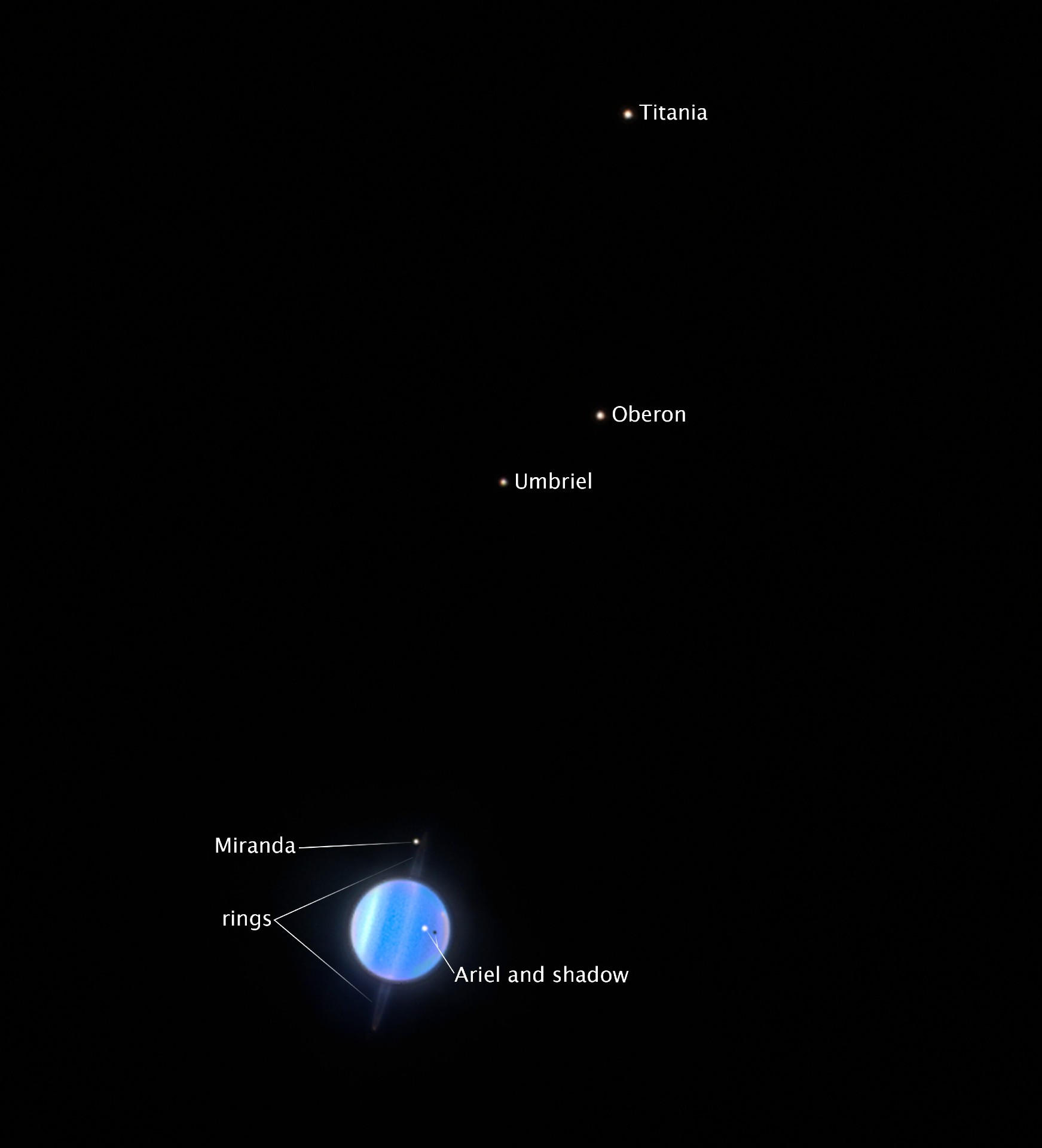
Interestingly, the inner moons Ariel and Umbriel show no significant difference in brightness between their leading and trailing sides — possibly because the drifting dust doesn’t reach them, thanks to shielding by Titania and Oberon.
“Dust collection — I didn’t even expect to get into that hypothesis,” Richard Cartwright, a planetary scientist at the Johns Hopkins University’s Applied Physics Laboratory in Maryland, said in a statement. “But you know, data always surprise you.”
As for the role of Uranus’ powerful magnetic field, researchers now suspect that its effects might be subtler or more complex than previously thought. It may still be interacting with the moons, but not in a way that creates strong contrasts on their surfaces.
RELATED STORIES:
“Uranus is weird, so it’s always been uncertain how much the magnetic field actually interacts with its satellites,” Cartwright said in the statement.
The findings highlight how little we still know about Uranus. Apart from Voyager 2’s brief flyby nearly 40 years ago, coincidentally during a rare solar event, no dedicated mission has ever visited the planet.
To learn more, Soto’s team has scheduled follow-up observations with the James Webb Space Telescope within the next year. Using infrared imaging, Webb will take a closer look at the same moons, potentially confirming whether dust, radiation or a combination of both is shaping their surfaces.
“Why do we do this?” Soto said at the briefing. “Well, Uranus is weird — so why not?”
Stay Informed With the Latest & Most Important News
-
 012024 in Review: Highlights from NASA in Silicon Valley
012024 in Review: Highlights from NASA in Silicon Valley -
 02Panasonic Leica Summilux DG 15mm f/1.7 ASPH review
02Panasonic Leica Summilux DG 15mm f/1.7 ASPH review -
 03From Polymerization-Enabled Folding and Assembly to Chemical Evolution: Key Processes for Emergence of Functional Polymers in the Origin of Life
03From Polymerization-Enabled Folding and Assembly to Chemical Evolution: Key Processes for Emergence of Functional Polymers in the Origin of Life -
 04How New NASA, India Earth Satellite NISAR Will See Earth
04How New NASA, India Earth Satellite NISAR Will See Earth -
 05And Thus Begins A New Year For Life On Earth
05And Thus Begins A New Year For Life On Earth -
 06Astronomy Activation Ambassadors: A New Era
06Astronomy Activation Ambassadors: A New Era -
07SpaceX launch surge helps set new global launch record in 2024












